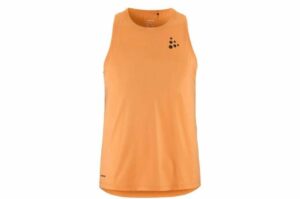New advancements in gait analysis can take your running to the next level
Thanks to advancements in technology, gait analysis is no longer confined to the treadmill, and can now be done during real outdoor workouts

New advances in gait analysis technology mean you can get specific, accurate data on how to improve your running and avoid injury without going to a clinic, shoe store or lab, using cutting-edge wearable tech, no cameras necessary. Though identifying weaknesses that could lead to injury can benefit any runner, gait analysis is particularly useful for runners who are coming back to running after an injury.
For the last seven years, coach and human performance consultant Malcolm Kent of Runfisix in Cochrane, Alta. has been focused on taking gait analysis off the treadmill and into outdoor running, with excellent results. “Conventional gait analysis on the treadmill is limited by certain factors,” says Kent. “The true picture emerges outside in real workouts.” In partnership with engineer Tim Clark of RunScribe, Kent has helped developed small foot pods that clip onto the runner’s laces, and that can measure the runner’s left and right sides independently.
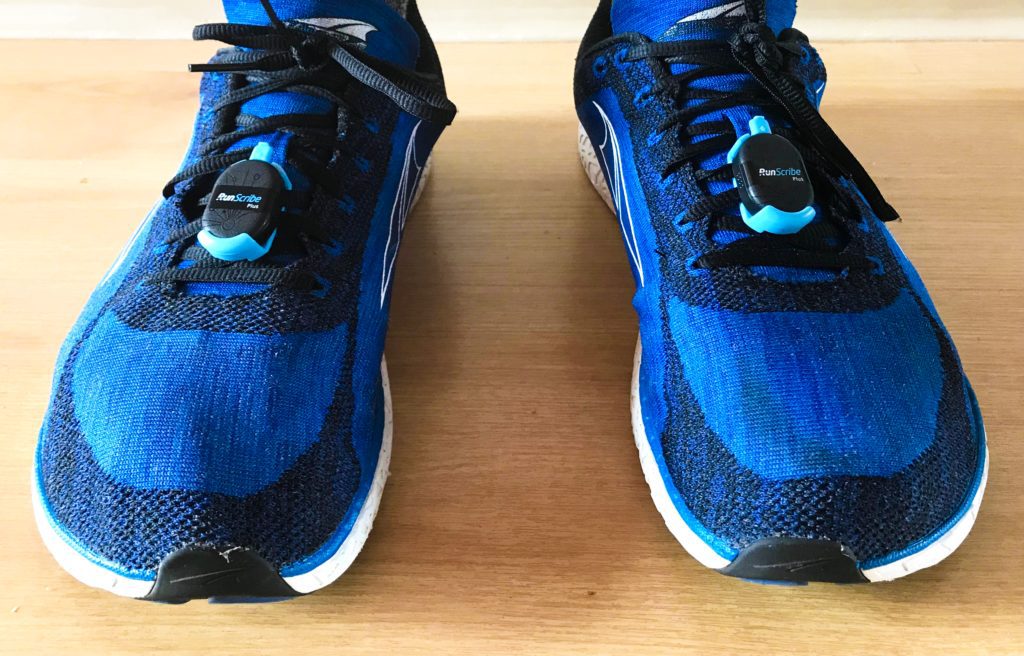
Previously, Kent explains, most gait analysis involved having someone watching a runner on a treadmill. Slow-motion video was better than the naked eye, and the best analysis available at the time used high frame-rate cameras (shooting 1,000 to 2,000 frames per second). But it was still limited to indoor use.
The technology first became available in 2014-2015 and has been refined in the years since then, such that it’s now possible for anyone to buy (or borrow) the pods, use them to gather data from their actual workouts outside, and have the data analyzed to reveal gait issues that may lead to injury, which can then be corrected through strengthening exercises.
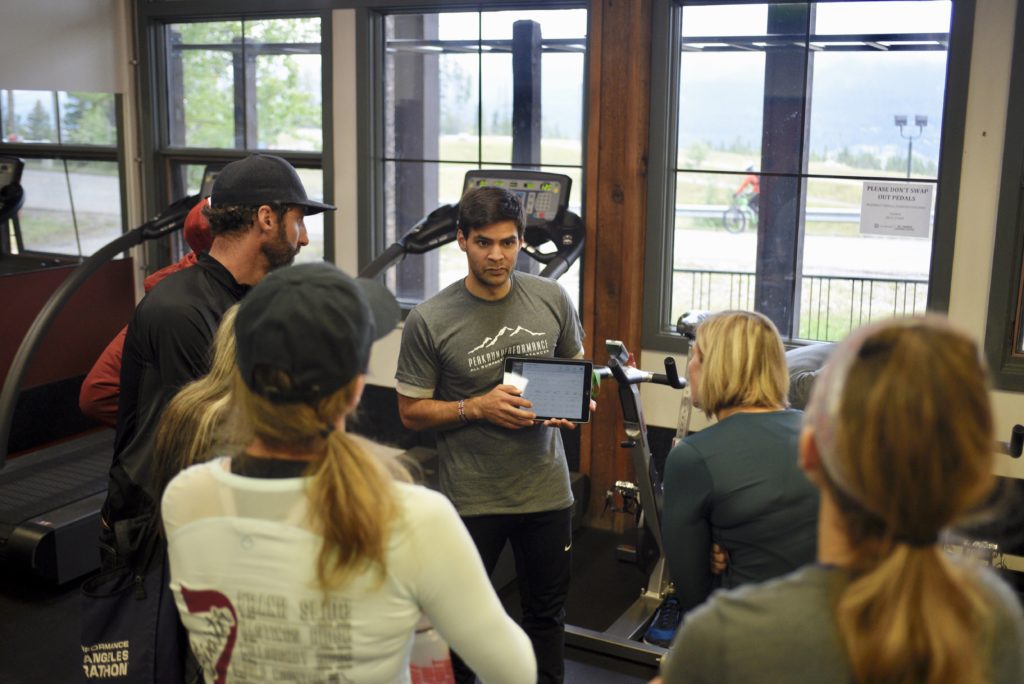
One of the metrics measured is ground contact time–how long each foot remains on the ground with each stride, measured in milliseconds. “With these advances in the tech, now we can measure which part of the foot strikes the ground, how much you pronate through the left or right ankle, the ground reaction force on both sides… and impact (the amount of acceleration your body feels when you strike the ground),” says Kent. “Those kind of metrics allow you to do legitimate gait analysis outside. You can be in the middle of nowhere and… do good analysis that helps the physio, helps the coach, and helps the runner,” says Kent.
Kent has used this technology with the NN Running Team (world marathon record-holder Eliud Kipchoge‘s team) and with and sub-2:20 marathoner Bernard Onsare. At home in Alberta, he has used it with ultrarunners Dave Proctor, Jacob Puzey, and Sanjay Sachdev.
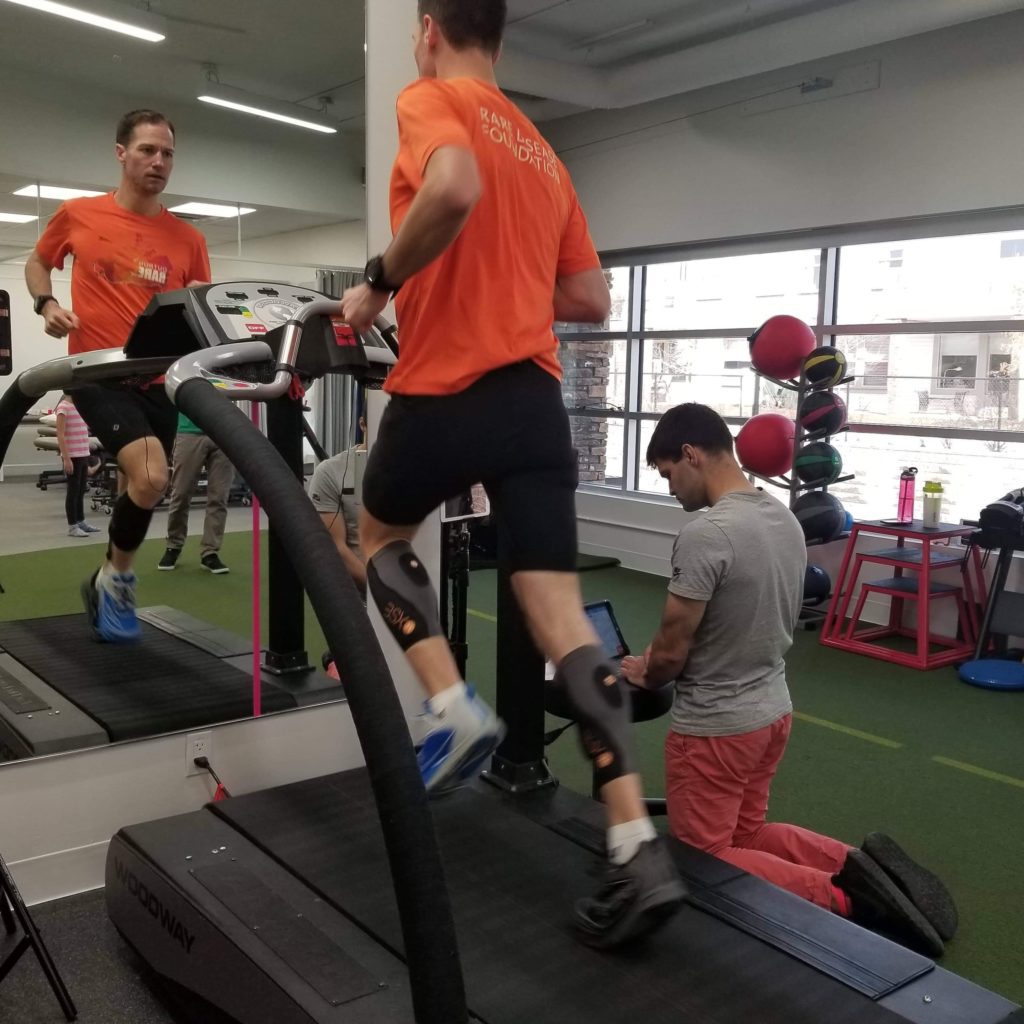
Once you have detailed and accurate data, it will become clear which muscles the runner needs to strengthen, if any, though Kent, who has done almost 3,000 analyses on everything from total beginner runners to recreational marathoners to elites, cautions that it takes a lot of experience to be able to interpret the numbers in a meaningful way.
He also doesn’t believe in rigid or verbal-style gait retraining. “To try and artificially retrain someone’s gait doesn’t really work,” says Kent. “The best plan of attack is through strength training and movement training.” (Watch this space in the coming days for Kent’s top six strengthening exercises for injury prevention in runners.) Kent is emphatic that gait analysis that doesn’t lead to strength training is a waste of time.
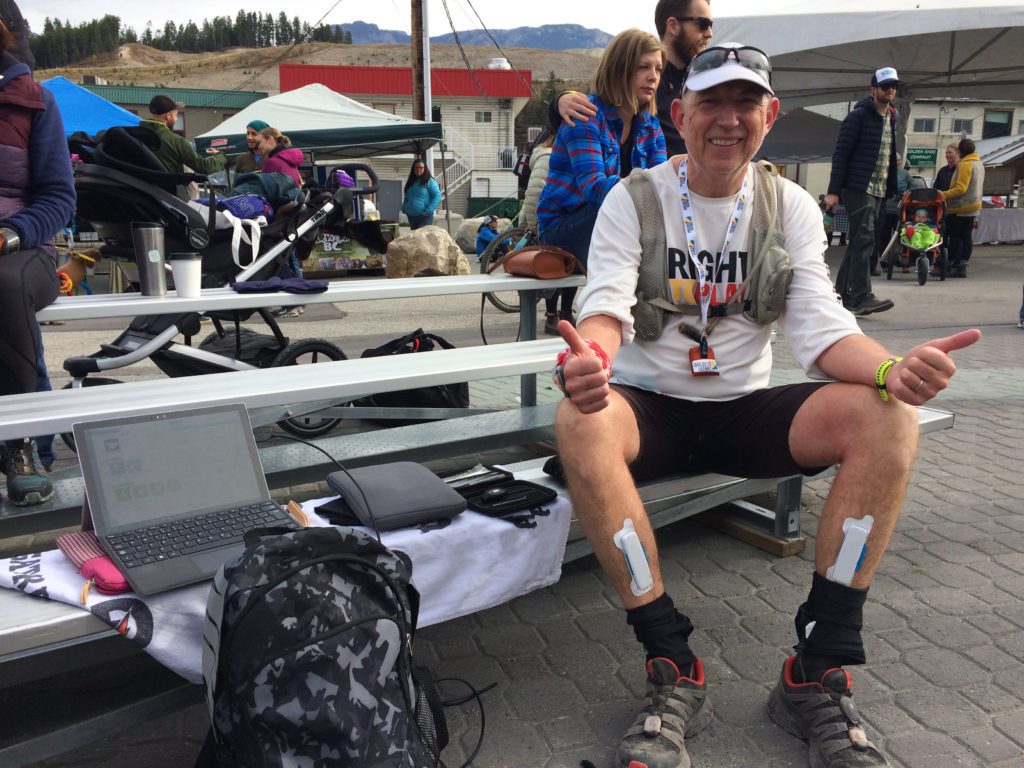
Proctor is the ultrarunner who attempted a cross-Canada speed record last summer, but was plagued with pain from a back injury that halted his efforts in the middle of Manitoba. Proctor has some ambitious ultrarunning plans for this year, including a 100-mile treadmill world record and Big’s Backyard Ultra (hosted by Laz Lake of Barkley Marathons fame), and he needs to be in tip-top shape and injury-free. Here’s his assessment of the service offered by Kent:
RELATED: Dave Proctor to challenge world 100-mile treadmill record in 2019
“My physiotherapist friend, Evan Baldwin, suggested I reach out to Malc… After last year’s disc injury and reccurring ankle issues, I want as many eyes on my gait as possible. Malc’s assessment was super comprehensive, and the data captured was extremely detailed. Since it has highlighted a couple key areas of focus, I have been working with my coach Travis Brown and physio Tyson Plesuk. The technology that Malc used with RunScribe shows a ridiculous amount of detail, which I haven’t seen before.”
The foot pods sold by RunScribe cost USD $399, but Kent says he’s willing to lend pods to runners in Canada who would like to take advantage of the data they provide, for the cost of postage. The analysis and report cost CDN $149 (and you have to return the pods to get the report). You can then take the analysis to your physiotherapist, who can design a strength program to address the specific issues it has identified. (You can contact Kent here.)
So what can Kent tell us about Kipchoge’s running? He says he’s sworn to secrecy on Kipchoge specifically, but just from observing him on the track doing workouts, Kent can tell that his running form is far superior to that of anyone else on the team. “Posture and form are two of the big areas,” he says. “The relative orientation of the back as well as other angles through the arms and legs… When your’e pushing a runner really hard, most will break down. I’m curious, and I want to know what is the first break of form, which tells me where they’re functionally weak. When you watch someone like Kipchoge, he never, ever breaks form. It’s incredibly rare, when you consider how hard the workout is.”
